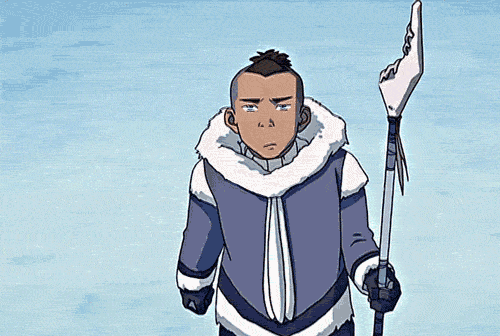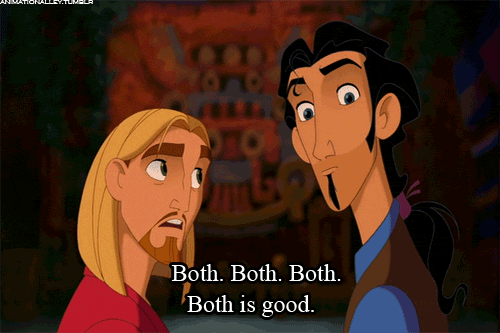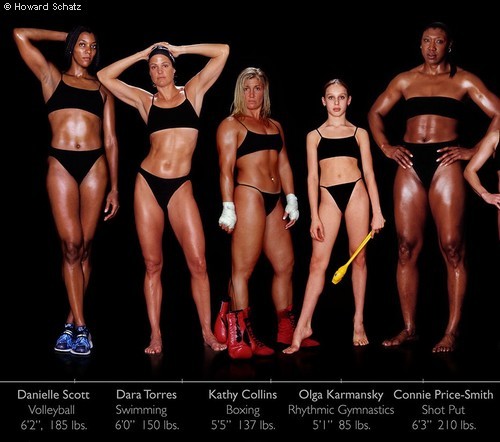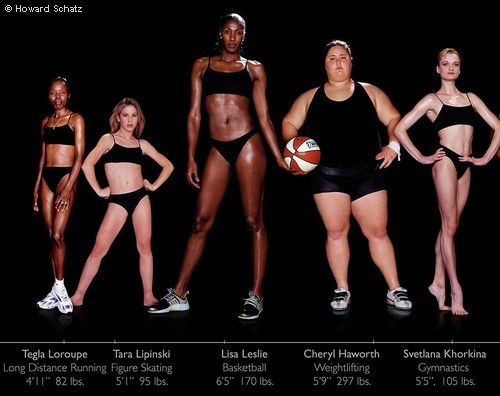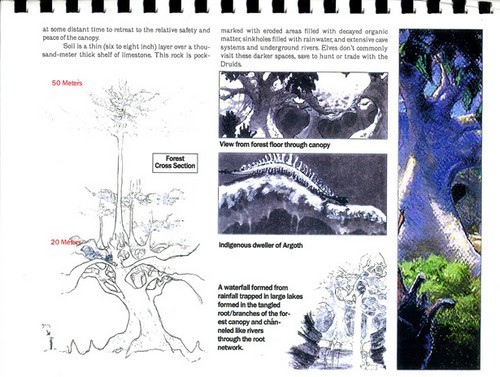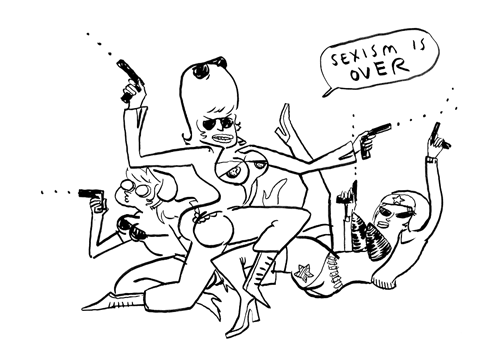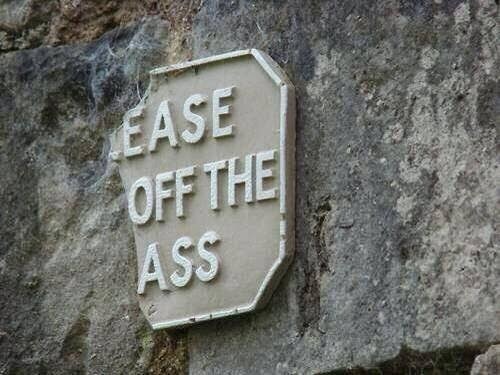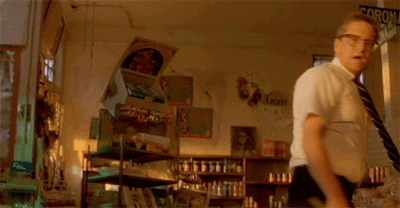Just out of curiosity, what is your opinion of female cosplayers that perpetuate the horribly designed costumes prevalent in comic books and video games? Now that I’ve been enlightened by your blog (thank you, btw), I cringe any time I see cosplayers that wear costumes that display the problems you discuss. I can appreciate the effort and craftsmanship that goes into their costumes, but I wonder if they think about the bigger issue.
Our opinion is that cosplayers are people with their own agency, acting on their initiative and (hopefully) not putting themselves hence they’re entitled to dress as sexy as they like.
If the choices of cosplayers heavily influenced studios then Harley Quinn would still wear her full body outfit and mainstream media would have a lot greater diversity in character race (eg cosplayingwhileblack ), body types (eg chubby-cosplay ) and gender expression.
Women who cosplay already have to deal with the Fake Geek Girl Myth, explain that Cosplay is NOT Consent and receive unsolicited criticism for not meeting society’s unrealistic beauty standards (even the ones who are also professional models). Women who cosplay in some outfits display superhuman costume construction skills and spectacular personal confidence. We nothing but sincere respect for the effort and courage it takes to wear many a bingo breaking costume to a convention.
Women in sexy cosplay don’t decide that the media will focus almost exclusively on conventionally attractive women when talking about cosplay. Women in sexy cosplay don’t sit in on design meetings and write notes on concept art with a red marker. Researchers don’t create focus groups of sexy cosplayers to test marketing ideas. Having sexy cosplayer booth babes doesn’t guarantee sales or even a memorable product.
The problem isn’t even that sexy female characters exist (let alone that some people want to cosplay them). There actually are potentially good reasons for the sexy outfits. The problem is that modern media has standardized making female characters sexy to the extent it’s assumed to be a top priority.
More important than telling the story. More important than making the character interesting and unique. More important than expanding your audience outside of straight white cis men. More important than making the character human or relate-able.
This mentality is upheld by myths such as sex sells, only boys play video games and that focus groups of straight white men can reflect everyone’s opinions.
The decisions are made by executives, marketers, creative directors and occasional auteurs who make these decisions on behalf of businesses that need to sell millions of units to stay in business. They’re re-enforced by media about fantasy art and loud groups who are dedicated to halting all progress.
Sexy cosplay ladies are not a big enough demographic to keep a AAA title in business and they’re generally not respected by society – they have no more say in what goes in mainstream media than slash fiction writers, furries, let’s players or anyone else who has a hobby related to popular culture.
– wincenworks














